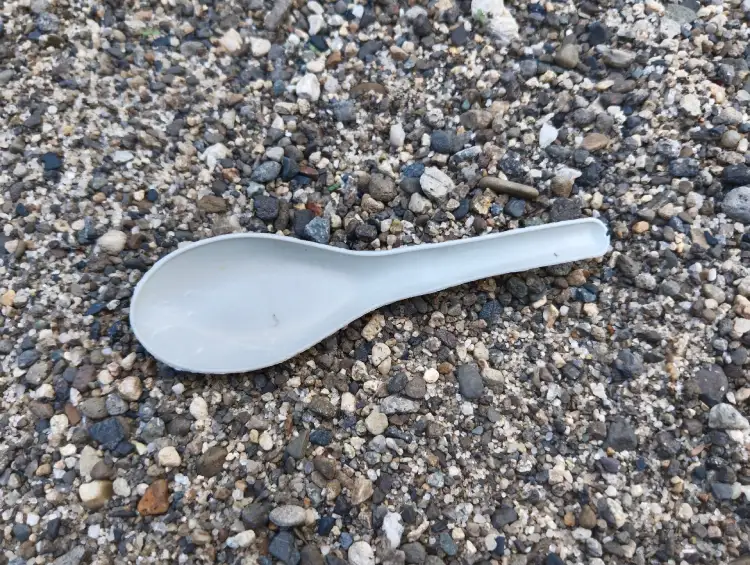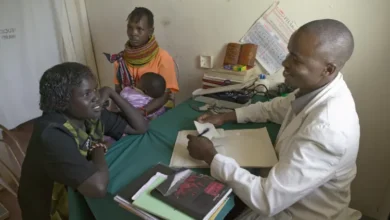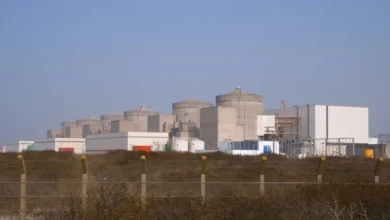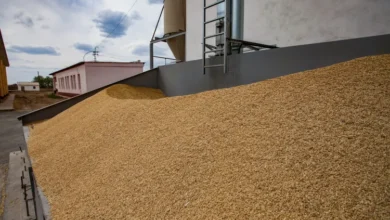
Australia Cuts Coastal Plastic Waste by Nearly 40% in a Decade
Targeted Policies and Local Action are Driving a Cleaner Shoreline—But Not All Cities are Seeing the Same Results
Australia’s fight against coastal plastic pollution is showing measurable success. A new study by CSIRO, the country’s national science agency, reveals a 39% drop in plastic debris along major city coastlines since 2013. The findings, published in the Marine Pollution Bulletin, are based on 1,907 environmental surveys conducted within a 100-kilometre radius of six metropolitan areas—Hobart, Newcastle, Perth, Port Augusta, the Sunshine Coast, and Alice Springs.
Sharp Decline, but the Work Isn’t Over

While the national trend is encouraging, the progress is uneven. Cities like Newcastle, Perth, and the Sunshine Coast reported notable improvements, whereas Hobart and Port Augusta saw increases in coastal litter. Alice Springs, which lacks a coastline, still recorded high levels of beverage cans in its surrounding riverine areas.
Flexible plastics—such as food packaging—remain the most harmful to wildlife and still dominate the trash landscape. The most commonly found items were polystyrene fragments, which made up 24% of the total debris, followed by cigarette butts at 20%.
Encouragingly, the number of surveyed sites with no plastic debris at all rose by 16%, signaling that targeted cleanup campaigns and public awareness may be starting to shift behavior.
Policies Making a Visible Impact
Australia’s recent environmental strategies appear to be paying off. The decline in coastal plastic waste follows earlier CSIRO research that reported a 29% drop in plastic pollution across the country between 2013 and 2020. The latest research expands on that by focusing specifically on urban and coastal regions.
One key finding: regions with heavier land use and greater socio-economic disadvantage had higher waste concentrations. This suggests that both infrastructure and education efforts need to be tailored to local conditions.
Over the past few years, the country has adopted various waste-reduction initiatives, including container deposit schemes and bans on problematic single-use plastics. Public education and community-led cleanups have further bolstered the push to keep waste out of marine ecosystems.
“This kind of data gives us the ability to pinpoint where waste is coming from and adjust our strategies accordingly,” said Dr. Steph Brodie, co-author of the study. “It’s not just about cleaning up after the fact, but stopping the pollution before it reaches the environment.”
The research contributes to CSIRO’s larger objective of cutting plastic pollution entering the environment by 80% by the year 2030. It received support from the Department of Climate Change, Environment, Energy and Water, and builds on a decade of data collection dating back to 2011.
A Global Problem with Local Solutions
Australia’s progress comes at a time when global plastic pollution is growing at an alarming rate. According to a 2022 OECD report, global plastic production now exceeds 430 million tonnes annually, but only 9% of that is recycled. The United Nations has warned that the amount of plastic entering aquatic ecosystems could nearly triple by 2040, reaching up to 37 million tonnes per year.
In this context, Australia’s approach—combining national policies with hyper-local action—offers a model for other nations. Still, experts caution that the gains could be reversed without sustained effort and accountability.
Dr. Denise Hardesty, senior CSIRO researcher and co-author, remains cautiously optimistic: “Although we still see problem areas, especially in certain cities, the overall reduction is a strong indicator that people are starting to take the plastic crisis seriously. What we need now is to maintain that momentum and fill the remaining gaps.”
With a 2025 deadline looming to phase out unnecessary plastics and a 2040 goal to reuse or recycle all plastic waste, the next few years will be critical. If Australia can continue to align science, policy, and public engagement, its shorelines could become a lot cleaner—and perhaps inspire others to do the same.
[Source]




